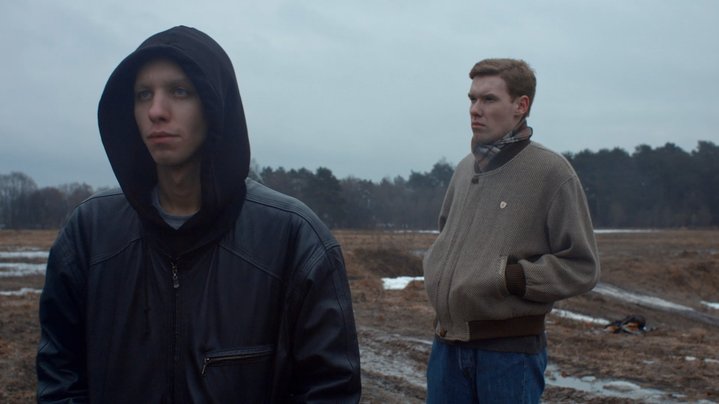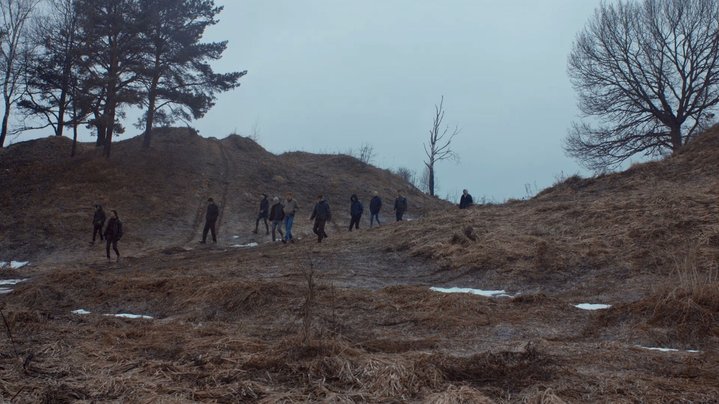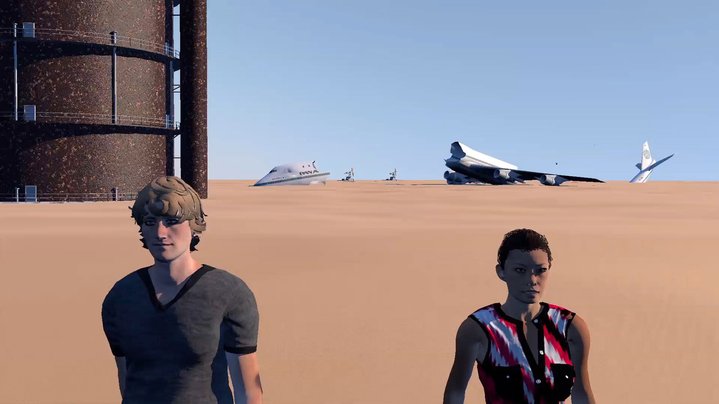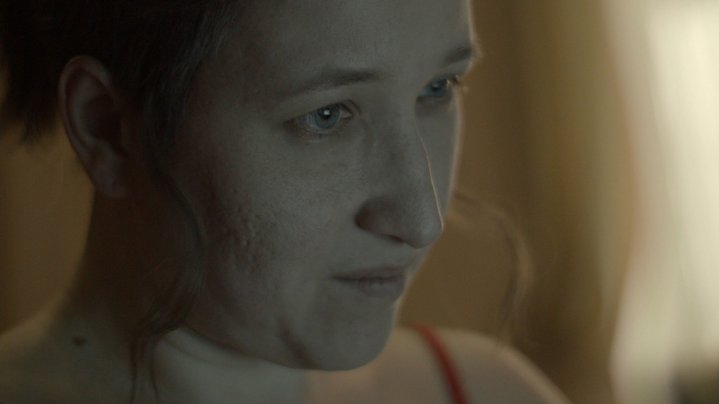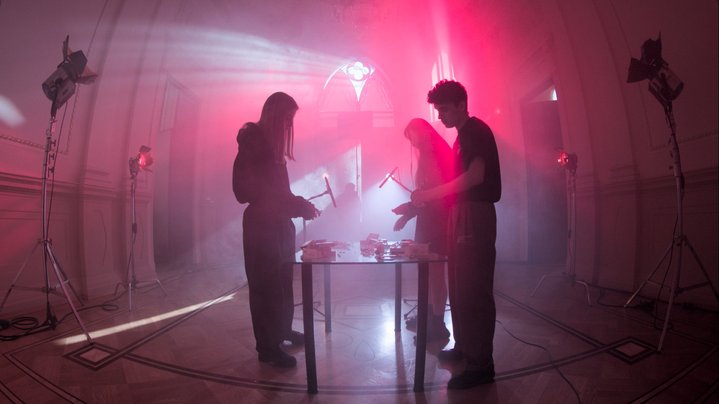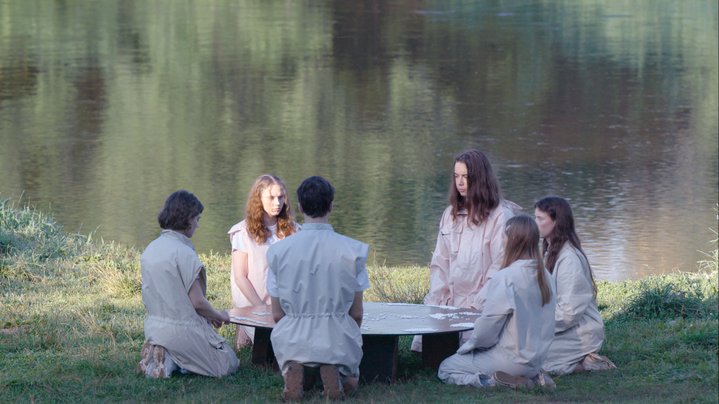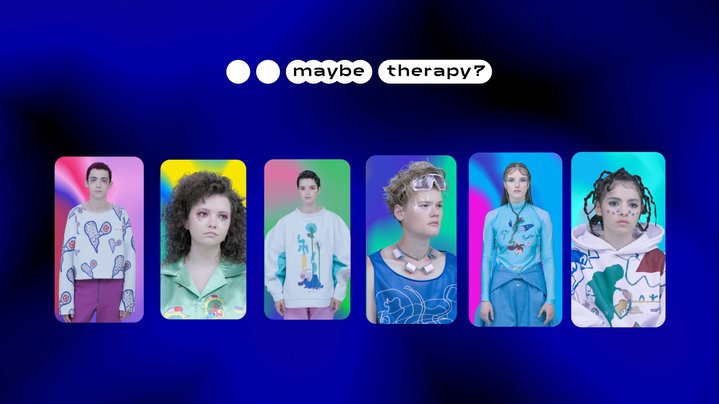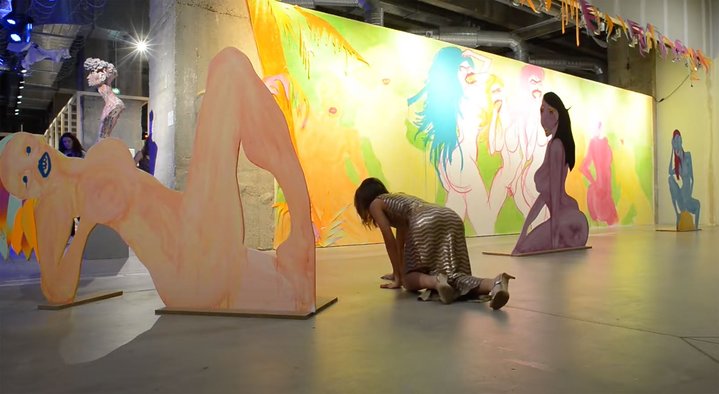Double win for Mokhryakova
Emerging young artist from Siberia Albina Mokhryakova always dreamt of being a journalist. Her prize-winning video works contain a journalistic element and she has won the Kandinsky Prize for ‘Young Artist Project of the Year’ - twice!
Although Albina Mokhryakova (b. 1990) occasionally creates performances and photographs, it is video art which is currently taking centre stage in her fast growing body of work. She made her first film at the age of 12, when friends of her mother gave her a VHS camera. At the time, Mokhryakova was living in the Siberian city of Bratsk and dreamt of becoming a journalist. After being rejected by the Faculty of Journalism in Novosibirsk University, she studied in the Philology Department. She recalls: “At that time, I didn’t know anything about the existence of video art. I shot something, but I didn’t know what to call it. And when the Internet appeared and I found out that it was video art, I felt I had a place in this world and I knew what I wanted to do.”
Later, Mokhryakova moved to Moscow, where she took a workshop in video art at the prestigious Rodchenko School for Photography and Multimedia Art until 2018. The year before, she suffered a personal crisis and period of depression so she took a sabbatical and didn’t make art for six months. After this break, she created ‘Swarm’ – an artistic reflection about war, duty, courage and personal identity, which dissolves in a buzzing funnel of bodies of young men of military age.
Mokhryakova works slowly and methodically, her editing process is painstaking. ‘Swarm’ was shot in two weeks, but the editing took over a year. In 2018, she felt the video was maturing, albeit with a different title and ending, before it was shown for the first time under the name ‘Swarm’ at the Artagon exhibition in Paris in 2019. It was for this work that in the autumn of 2021, Mokhryakova received the Kandinsky Prize in the category ‘Young Artist Project of the Year’ and became the first artist in the history of the award to receive it for the second time in a row. Previously, the jury awarded her video ‘Kahegha’, filmed in 2019.
In ‘Kahegha’ the documentary and aesthetic elements are closely intertwined. Mokhryakova explains that the documentary part is important for her: the finished work must be anchored in some real basis or image existing at least on the Internet. Interview and research lie at the heart of many of her works, including ‘Kahegha’, which has a personal dimension as it is associated with the artist’s own memories. The plot is based on the story of Ekaterina Ustyuzhaninova, who killed an officer of the Libyan army in 2013, allegedly in revenge for Gaddafi's execution. Then, Mokhryakova recognized that this heroine in the newsreel was in actual fact a former roommate from a student dormitory. A few years later, she found Ustyuzhaninova’s online diary, which she had been writing under the pseudonym ‘Kahegha’. These sources, together with the artist’s personal memories, became the basis for the video.
Mokhryakova used fragments of a real news feed together with her own interview about her personal acquaintance with Ustyuzhaninova. It was a journey of discovery: only after she had already started working on the video, she found a play written by the heroine of the film and she decided to stage it as part of the work. Six months after completing ‘Kahegha’, she received a response from the Ministry of Foreign Affairs about the current situation with Ustyuzhaninova, which she then used at the end of the film.
Since 2019, she has been working on the theme of therapy and the various ways of finding psychic harmony. This led to her ‘Maybe Therapy?’ project and, in September of that year, she staged a performance in Paris, which consisted in laying out a mandala made of pills. At the end of 2020, the artist presented a half-hour video of the same name at the 2nd Garage Triennial of Russian Contemporary Art.
‘Maybe therapy?’ is an amazingly beautiful three-part work about the search for balance and harmony in our contemporary world. In it, Mokhryakova collaborated with costume designer Stas Falkov and composer Anton Kubikov. While in ‘Kahegha’, the artist used game aesthetics, in ‘Maybe therapy?’ she came up with the image of a social network, in which teenagers share stories about their mental condition. Her young heroes eventually manage to create a mandala only in nature. Mokhryakova talks about how important nature is to her as person and artist, in her videos nature is not only where action takes place, but is a hero in itself.
As for the near future, Mokhryakova plans to continue exploring therapy as a subject in her work and is inspired by forests, which she feels connects with her own biography. About what has already been done, she says: “All my projects are for me a unified artistic world in which I exist. Each piece for me is a branch to another and they are all interconnected and equal.”
Albina Mokhryakova’s website






